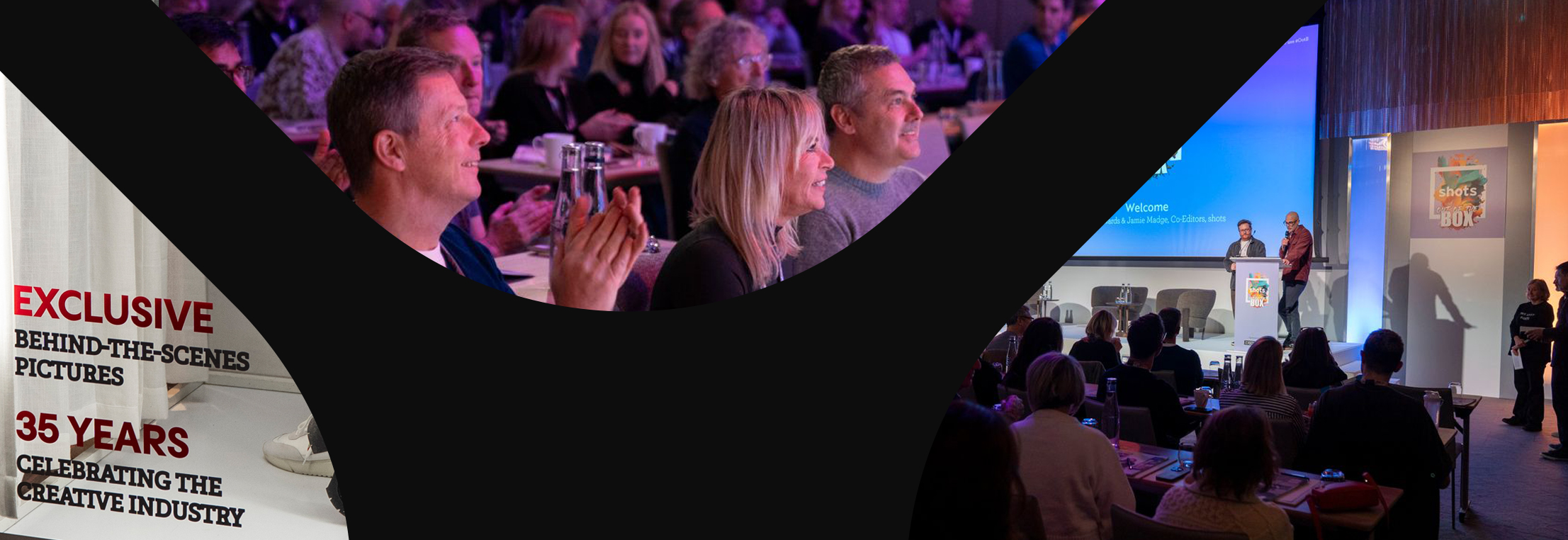Back to School Marketing
It’s that time of year again—kids are thinking about returning to classrooms while retailers strategize ways to target young shoppers and their parents. This year’s back-to-school season is in some ways more exciting, given the resumption of (relative) normalcy following two years of pandemic-fueled lockdowns, hybrid learning and general confusion. But record-high inflation plus fears of a global recession are also making shoppers more price-conscious. Here’s how marketers can navigate the complex landscape and connect meaningfully with back-to-school consumers.
Overcoming Economic Anxiety
A Morning Consult survey recently found that only 36% of parents can comfortably pay for their kids’ back-to-school items without worrying about costs, compared to 52% who felt that way last year. “We are now at the point where consumers are starting to take more evasive action to reduce their expenses,” said Neil Saunders, managing director of GlobalData Retail.
Some marketers are responding by capitalizing on tax-free shopping holidays this summer. American Eagle, for example, will coincide its “hyper-targeted digital marketing” efforts with those dates. “Some of our clients are optimizing their promotions to align with the relief periods so they can maximize conversions,” said Shirli Zelcer, head of data and analytics at Merkle. Other brands plan to capitalize on special sales-tax holidays being instituted by various states. Illinois will offer a 10-day shopping period this August when parents and students can purchase clothes, footwear and essential supplies with a reduced sales tax. Target recently announced various summer sales that boast extra savings for students and teachers. For some companies, forging emotional connections with customers is a solid way to cement loyalty and drum up business. Amazon took that route with its back-to-school campaign starring actress and real-life mom, Kathryn Hahn. In a series of comedic 15- and 30-second spots running on both national TV and digital channels, Hahn urges parents to “Go ahead and spend less” on their kids—while still keeping pace with shifting trends and growing needs, thanks to the retail giant. “This year, no price is too low for your children,” jokes Hahn.
Higher Purpose
Inclusivity and sustainability are tenets embraced by many brands via various marketing efforts, including back-to-school initiatives. Clothing retailer Gap centered on the first doctrine with its “Everyone Belongs” campaign featuring a 30-second spot appearing on national television, digital channels and GapKids platforms. The concept borrows from doctrines examined in an eponymous book written by New York Times bestselling author Heather Avis, founder of The Lucky Few Foundation that advocates for children with Down syndrome. In the commercial, children from various backgrounds, ethnicities and nationalities are seen playing sports and enjoying hobbies—dressed in Gap’s signature loose denim, easy-wear styles. “You can be you, and I can be me,” say many of the kids. “For us, it’s not just about casting a TV spot, it really is about creating awareness for people,” said CMO Mary Alderete.
To strike a back-to-school sustainability note, Nature Valley granola bars from General Mills announced an early August initiative that lets participants score free school swag. TikTok users must include the #ReTokForNature hashtag on any videos that display an eco-conscious act or effort, with winners getting awarded gear from brands like L.L. Bean and Stasher through mid-September. To further help promote the program, Nature Valley partnered with popular TikTok influencers who are famous for their sustainability initiatives, such as Stephen “tWitch” Boss and Allison Holker-Boss. This move is timely, as a recent survey from Deloitte found that 50% of parents whose kids are in kindergarten through grade 12 opt for environmentally friendly school supplies or responsibly sourced products and attire when given a choice.
Appealing to Students
While some brands are working to reach parents this back-to-school season, other marketers are speaking to the students themselves. Case in point: Dick’s Sporting Goods, the retail giant whose core demographic is comprised of kids ages nine to 15 years old. The company just introduced an interactive space on Roblox, the popular metaverse gaming platform. Called “School of Sport,” the site introduces a virtual high school where players amass currency through various competitions and use virtual money to buy back-to-school items for their avatars. Rooms include The Gymnasium, The Field, The Hallways, The Outdoor Cafeteria, The Locker Room—and a final space that can only be discovered via exploration. Along with collecting points, players have the chance to socialize with peers. “It is important for us to continue evolving the way we engage with consumers, said CEO Ed Plummer. “We are excited to make our entrance into the metaverse with ‘School of Sport,’ creating a space to share sport and style while also connecting with our younger athletes.”
In similar fashion, accessories retailer Claire’s will run its first national TV spot this fall to target Gen Zalpha—the brand’s coined name for combined Gen Z and Gen Alpha members. Though many older consumers nostalgically remember Claire’s as the shopping-mall hotspot for getting ears pierced and buying affordable teen jewelry, the 50-year-old chain is now hoping to connect with two new generations during the important back-to-school shopping season. “We’re so much more than a mall retailer,” said CMO Kristin Patrick. “I set out to enhance the breadth and appeal to the consumer and add some longevity.” Their first television commercial will emphasize the importance of self-expression, and “You’ll start to see this evolution of a new brand voice and spirit,” said Patrick. What’s more, “You can come in and find something during this tough economic time and it doesn’t necessarily need to be expensive—that’s the beauty of Claire’s.”
As inflation continues its current meteoric rise, parents are paying roughly $661 more per student prior to the start of the 2022 school year, according to Deloitte. And when it comes to kids’ needs and desires, parents can’t seem to help themselves—52% said they feel inclined to buy their children what they want, even if that means spending more than originally planned. Thankfully, brands are taking important measures to help ease sticker shock and make purchasing experiences more appealing and wallet friendly.



.jpg)
